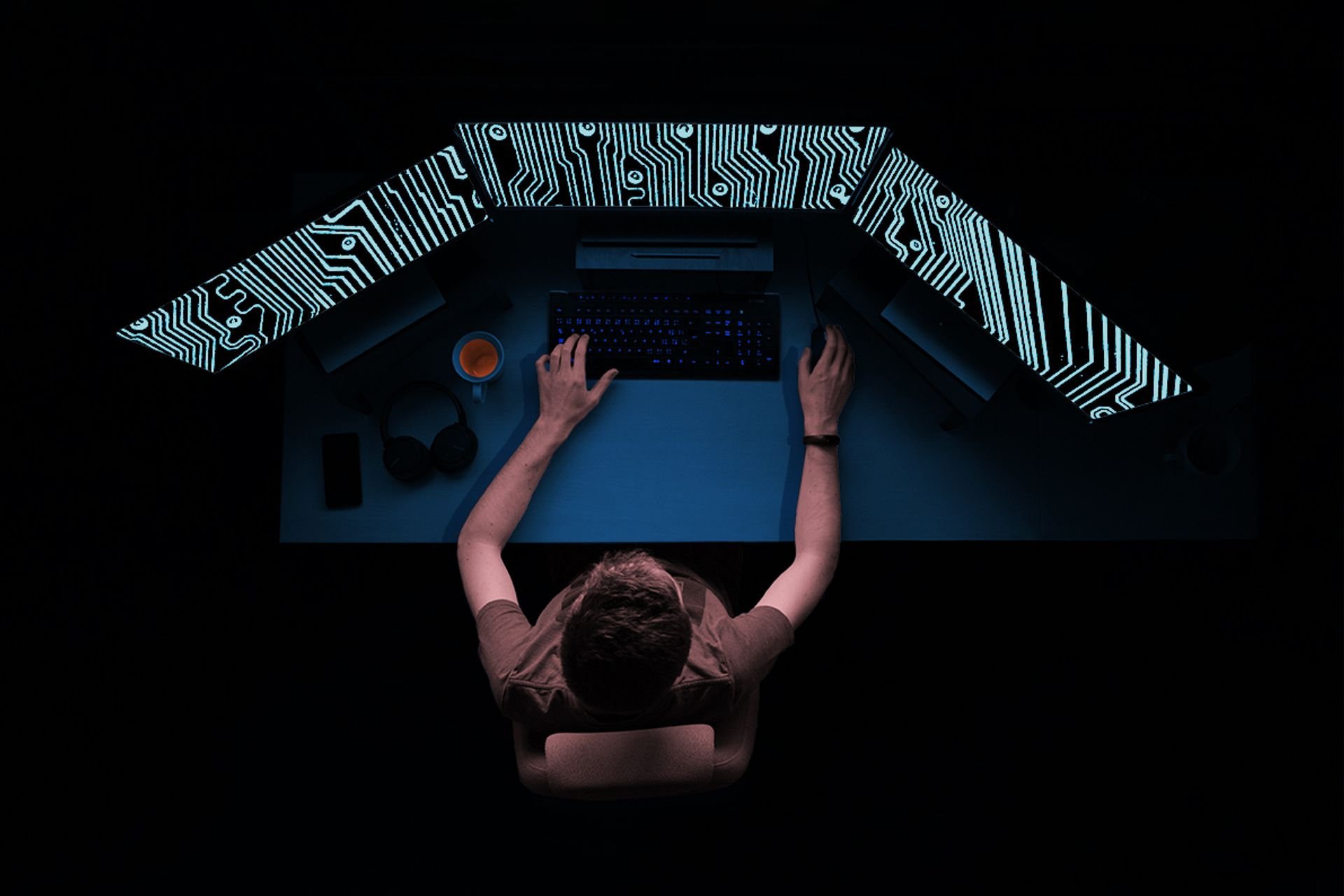Who will be the gatekeepers of digital art?

Written by Georgina Adam , published originally by The Art Newspaper, January 6, 2022.
Next week will see the opening of the brand new Seattle NFT Museum (SNFTM), apparently the first physical space for the display of digital art and NFTs. It is founded by local entrepreneurs Jennifer Wong and Peter Hamilton, both of whom come from a technology, rather than an art, background. Thanks to a link-up with Samsung, the space—in the trendy waterfront Belltown district—features 30 high-fidelity digital screens and will show digital works on loan from owners or from mainly Seattle-based artists.
But why create a physical space for digital art at all? Shouldn’t such art—created on the internet, which lives on the internet—be shown in online museums? There are already numerous such “museums” in cyberspace, some are more like selling platforms than actual museums. A quick browse on my computer brings up a number, from the Museum of Digital Life (which is actually on sale as an NFT, price 8.88 ETH, about £25,200); to the “Beeple” B.20 museum on Cryptovoxels.
The answer is more to do with the traditional art world than you might think. It is all about validation.
In the traditional art world, there is a whole structure that endorses art: scholars, curators, museums, collectors, critics and art galleries. They are the “gatekeepers”, and their opinions are crucial to the acceptance of works of art and artists into the canon. And this also translates into value, and whether such works will hold their price over time.
But the sudden explosion of NFTs has come so quickly that no such validating structure has had time to be built up. There are some NFT collectors, but their experience only goes back a few years, if that. Art historians, curators, gallerists—few have any have the depth of experience in this new field and are not yet able to take a long view of what is significant and what is not. The field is just too recent.
And yet the very absence of gatekeepers is celebrated in the digital world, allowing artists to circumvent traditional structures to show, and sell, their works directly to collectors. They can also dispense with galleries entirely.
But sooner or later validation will be required. There is an overwhelming quantity of digital art out there, most of it pretty terrible, some very good. Perhaps a new Raphael, Renoir or Rothko is among them; it’s too early to say.
If prices paid are a few hundred dollars, then no great harm is done if a work loses all its value. However, the danger is that with prices pumped sky-high, as is the case at the moment, then a great deal of money might be lost when the market cools, as I believe it will inevitably do.
Who will emerge as the validators? Some online digital art museums such as DAM already feature talks, interviews and so on. More and more galleries such as Pace are getting in on the act, and they have every interest in creating a structure that ensures the sustainability of the sector. But in doing so, they will increasingly mirror the traditional art world, with the same system of curators, specialists and so on. So don’t write off gatekeepers, for that matter, any time soon.